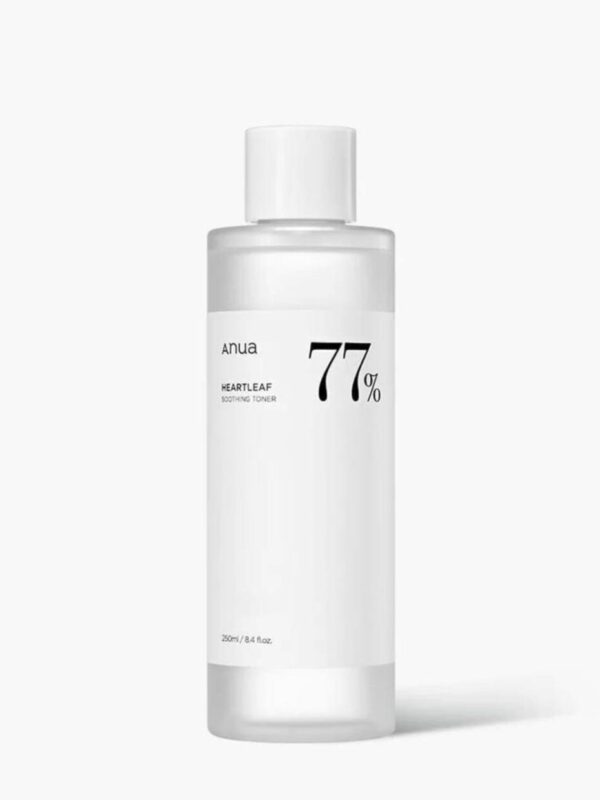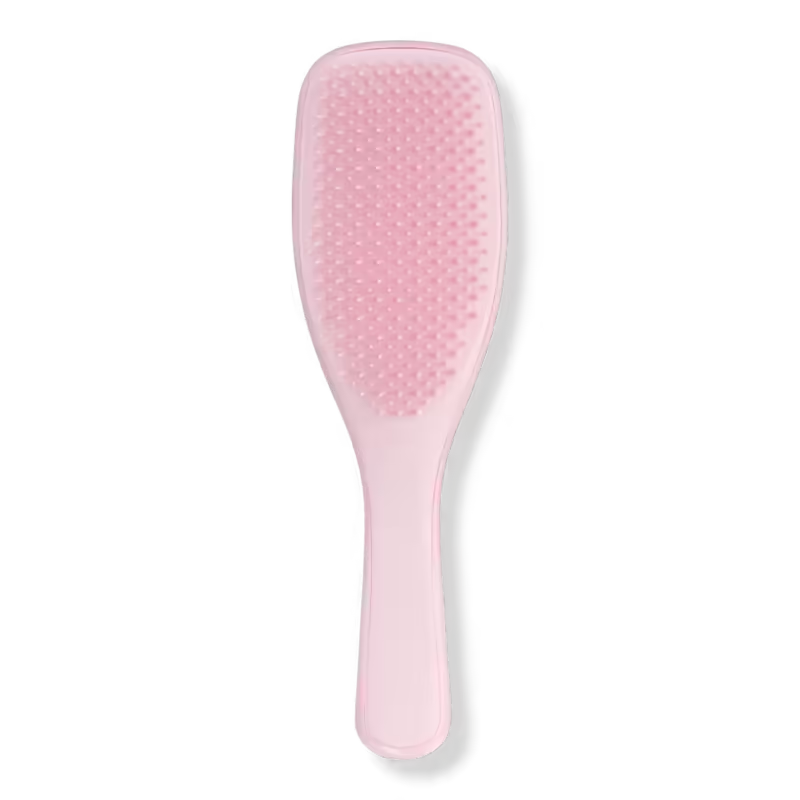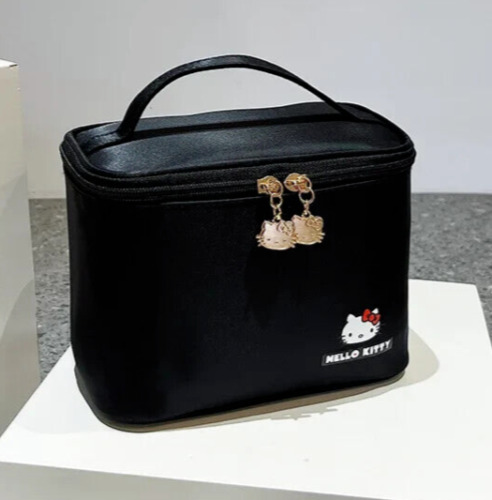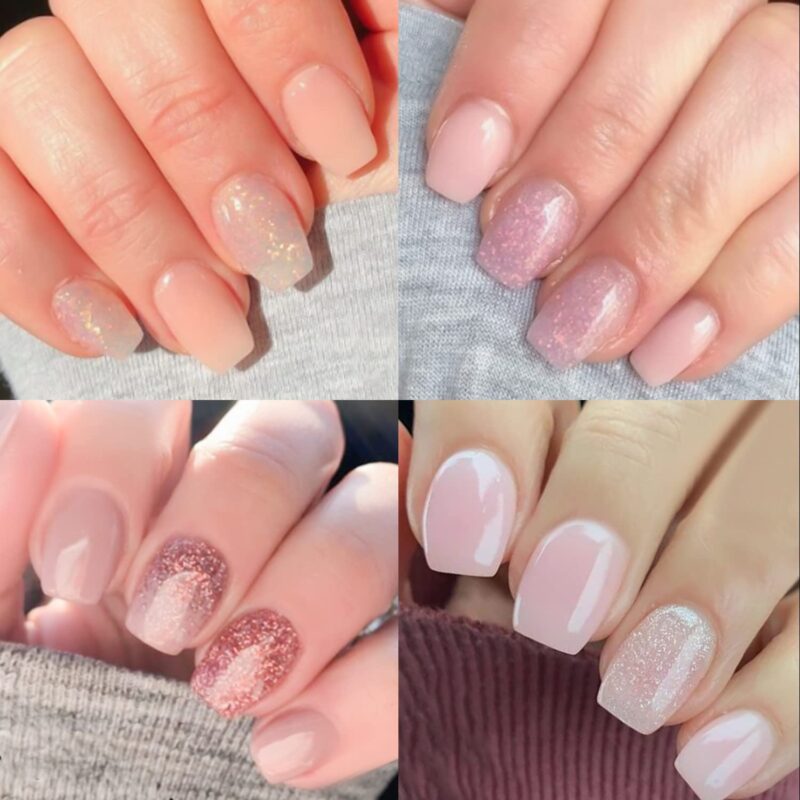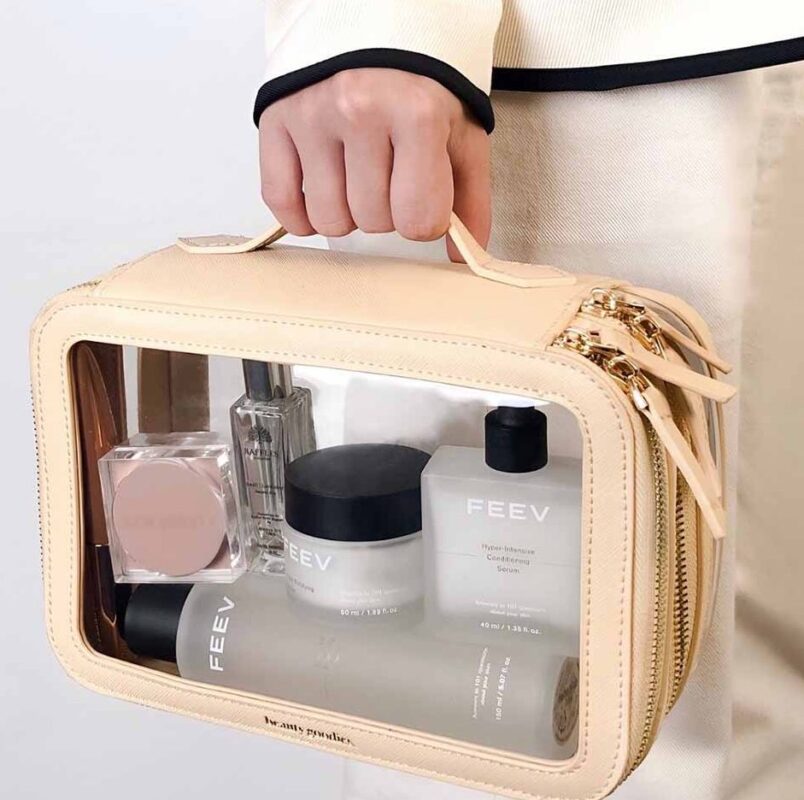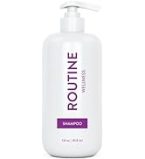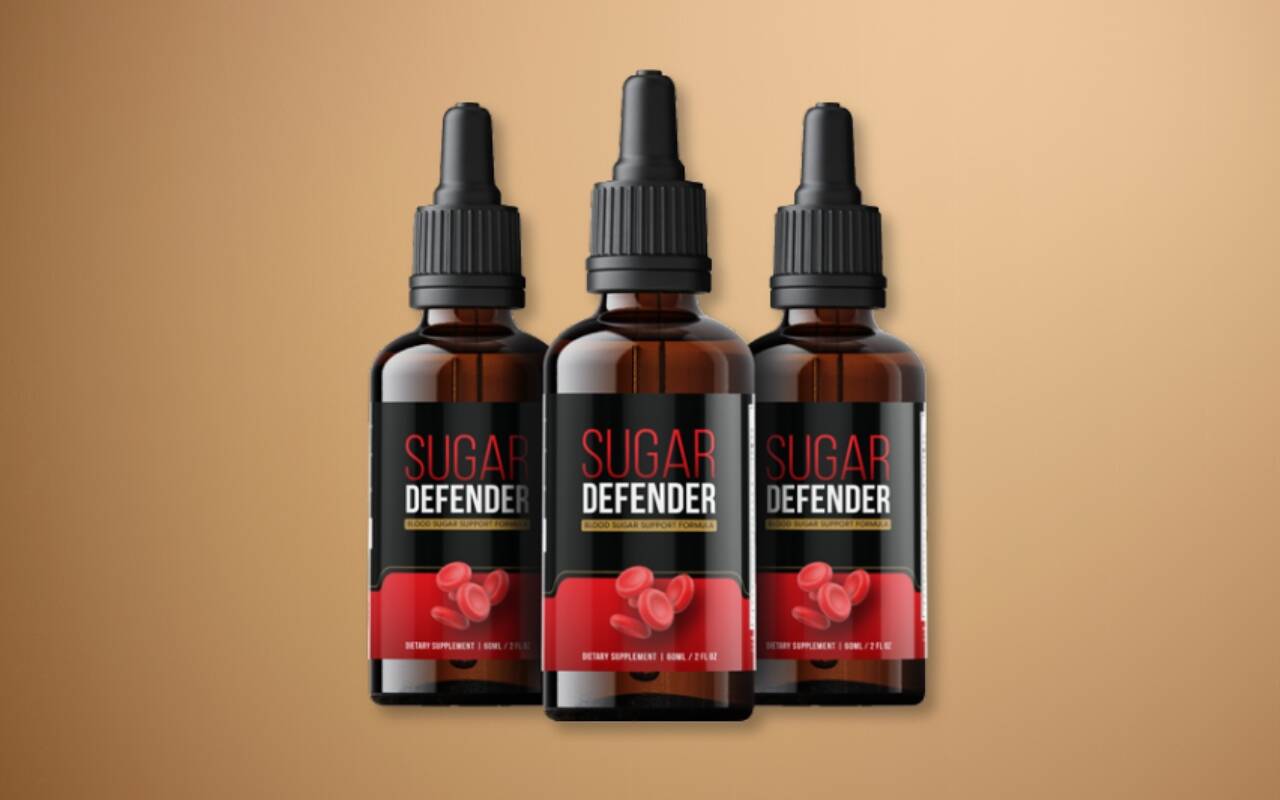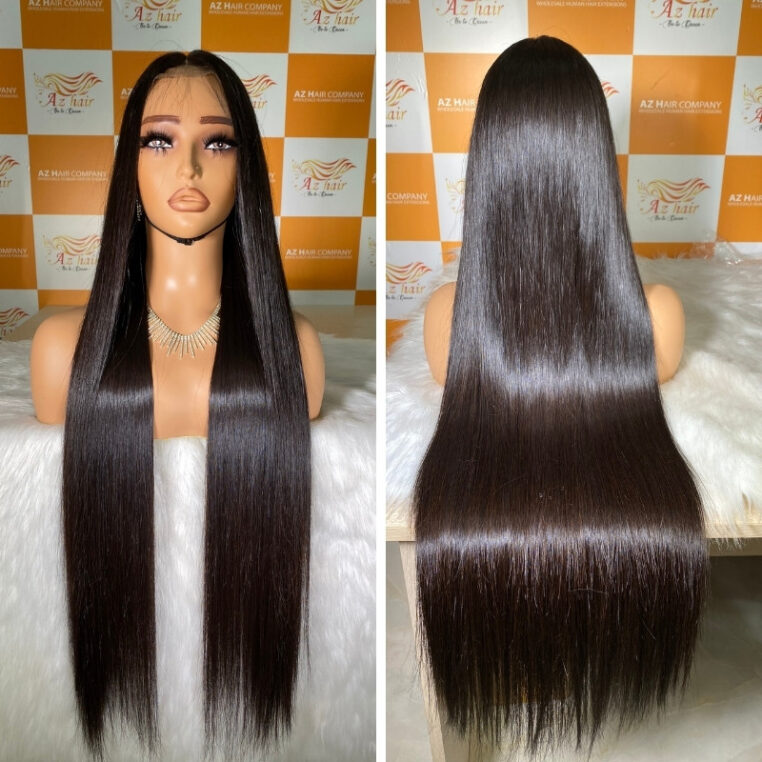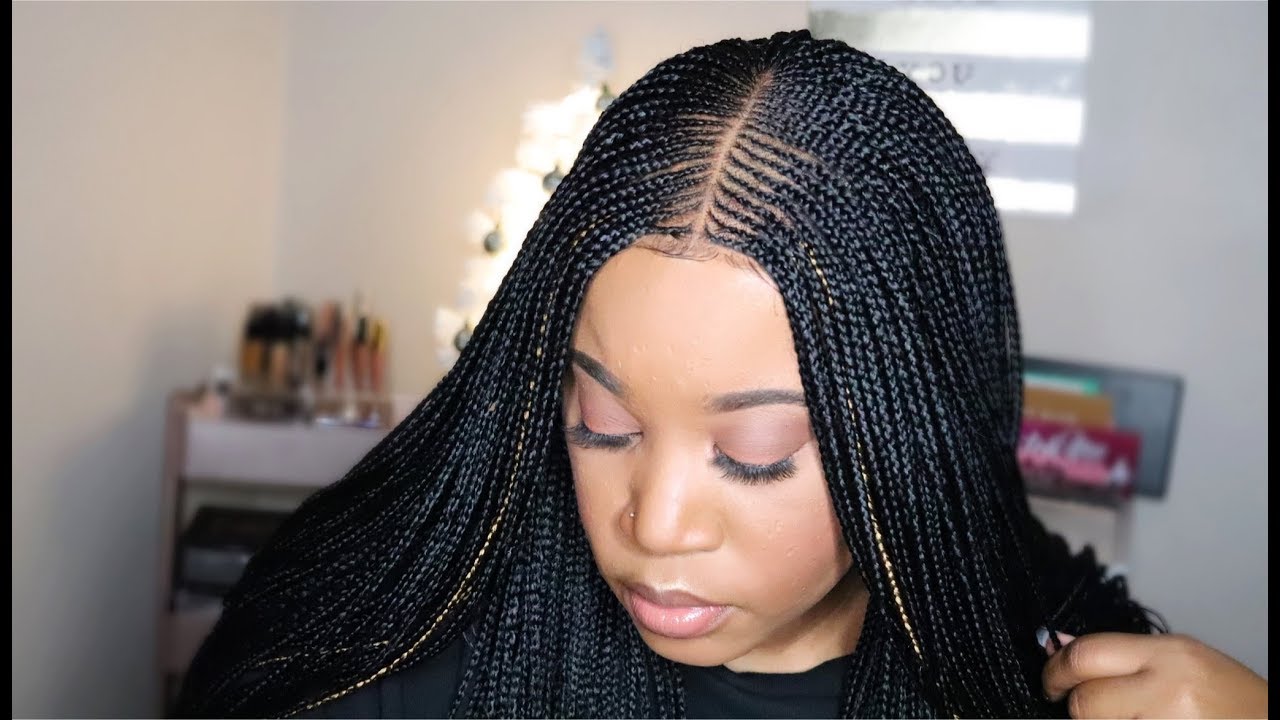Introduction: The Nightmare of Knots – Slay Them with a Detangling Brush!
Ever spent a morning desperately yanking at a tangled mess, wincing as hair snaps and tears stream down your face? We’ve all been there. Tangles transform our luscious locks into a battlefield, leaving us frustrated and yearning for smooth, manageable hair. But fear not, warriors of mane maintenance! Detangling brushes are your secret weapon in the fight against unruly knots.
These innovative tools go beyond the limitations of traditional brushes. Instead of ripping through tangles, they gently separate strands, minimizing breakage and leaving your hair healthy and happy. Whether you have fine, thick, or curly hair, there’s a detangling brush out there designed to be your detangling BFF. Ready to tame your mane and transform your hair routine? Let’s dive into the wonderful world of detangling brushes!
Unbrush Lixera Detangling Hair Brush for Curly Hair Detangle Remove Tangle USA
Tangle Teezer The Wet Detangler Brush Pink🌷🌷🌷
Unbrush Lixera Detangling Hair Brush for Curly Hair Detangle Remove Tangle USA
Unbrush Lixera Detangling Hair Brush for Curly Hair Detangle Remove Tangle
Set Of 2 Gemmist Gentle Detangling Hair Brush Discontinued NIB Best Brushes
Set Of 2 Gemmist Gentle Detangling Hair Brush Discontinued Best Brushes New
Hair Brush for Women Anti Static Vented Styling Brush Detangling Massage Brushes
1. Detangling Brushes: Your Weapon Against Tangles and Tears
Imagine a world where brushing your hair isn’t a battle against knots and tears. A world where detangling is a smooth, pain-free process that leaves your hair healthy and manageable. This dream can become reality with the help of a detangling brush.
What is a detangling brush and why do you need one?
Unlike traditional brushes with stiff bristles, detangling brushes are specifically designed to gently loosen knots without causing breakage. They often have features like widely spaced bristles, flexible heads, and varying bristle lengths. These features allow the brush to glide through tangled hair, separating strands one by one.
The benefits of using a detangling brush are numerous. Firstly, they significantly reduce hair breakage and split ends. Traditional brushes often snag on knots, ripping and tearing at delicate strands. Detangling brushes, however, maneuver around knots, minimizing damage and leaving your hair stronger and healthier.
Secondly, detangling brushes minimize hair loss during the detangling process. The harsh pulling and tugging associated with traditional brushes can lead to hair follicles being pulled from the scalp, contributing to hair loss. Detanglers, on the other hand, work with your hair, gently separating knots without putting undue stress on the scalp.
2. The Detangling Revolution: Unleashing the Benefits
Detangling brushes aren’t just about pain-free detangling; they offer a multitude of benefits that can transform your hair care routine. Let’s explore some of the key advantages that will have you wondering why you ever used a regular brush!
Reduced Breakage and Split Ends: Say Goodbye to Frizzy Frustration
Hair breakage and split ends are a constant battle for many of us. Traditional brushes often snag on knots, ripping and tearing at strands, especially when hair is wet and more vulnerable. This constant trauma leads to breakage, split ends, and overall hair health decline.
Detangling brushes, however, are designed to be gentle heroes. Their wide-spaced bristles or flexible heads allow them to glide through tangles without pulling. Additionally, some detanglers have varying bristle lengths, with shorter bristles detangling the surface layer and longer bristles reaching deeper knots. This gentle yet effective approach minimizes breakage, keeping your hair strong and healthy. The result? Less frizz, more shine, and hair that looks and feels its best.
Less Hair Loss During Detangling: Brushing with Confidence
Detangling can be a stressful experience for your hair, especially if you’re using a traditional brush. The harsh pulling and tugging can put undue stress on the scalp, leading to hair follicles being pulled from the root and contributing to hair loss. This can be particularly concerning for those with already thin or delicate hair.
Detangling brushes offer a solution. By working with your hair, not against it, they gently separate knots without putting excessive strain on the scalp. This minimizes hair loss during the detangling process, allowing you to brush with confidence and maintain a healthy head of hair. Detanglers are especially beneficial for those with relaxed hair, extensions, or naturally fragile hair, as they minimize the risk of pulling and breakage.
3. Detangling Brush Brigade: Choosing Your Weapon of Choice
The detangling brush world offers a variety of options, each catering to different hair types and needs. Understanding these variations will help you find the perfect brush to conquer your tangles.
Wet vs. Dry Detangling: Selecting Your Battleground
The first key distinction lies in whether the brush is designed for wet or dry hair.
-
Wet detangling brushes: These are ideal for detangling hair in the shower or after conditioning, when hair is most vulnerable to breakage. They typically have wide teeth or flexible bristles that can gently comb through knots without pulling. Popular options include wide-tooth combs and Denman brushes (which we’ll discuss further in a later section).
-
Dry detangling brushes: These are perfect for refreshing your style or detangling dry hair throughout the day. They often have a combination of features like separated bristles, flexible heads, and varying bristle lengths. Boar bristle brushes and vented brushes are popular choices for dry detangling.
Material Matters: The Power of Bristles
The material of the bristles also plays a role in detangling effectiveness and hair type compatibility.
-
Nylon bristles: These are a common choice, offering a balance of affordability and detangling ability. They work well on most hair types, especially when combined with features like wide spacing or separated bristles.
-
Boar bristle brushes: These natural bristles are gentle on the scalp and can help distribute natural oils throughout the hair, adding shine and reducing frizz. They’re particularly well-suited for dry hair that needs a boost of moisture and manageability.
4. Finding Your Perfect Match: Choosing the Right Detangling Brush for Your Hair Type
With the detangling brush army at your disposal, it’s time to find your ideal recruit. Different hair types have specific needs, and choosing the right brush will ensure maximum detangling effectiveness and minimal hair trauma.
Fine Hair: Befriending Delicate Strands
Fine hair is prone to breakage and can be easily overwhelmed by harsh brushing techniques. The key for fine hair is to choose a detangling brush that is gentle and minimizes pulling.
-
Wide-tooth combs: These classic tools are a perfect choice for fine hair. The wide spacing allows them to glide through tangles without snagging on delicate strands. Look for combs with smooth, rounded teeth to further prevent breakage.
-
Soft bristle brushes: Detangling brushes with soft, flexible bristles are another great option for fine hair. These bristles can maneuver around knots without causing excessive pulling or ripping. Brushes with boar bristles can also be a good choice, as they add shine and manageability to fine hair.
Thick Hair: Conquering the Tangle Thicket
Thick hair can be a blessing and a curse. While it offers volume and body, detangling can feel like an epic battle. The key for thick hair is a detangling brush that can handle its density and strength.
-
Denman brushes: These cult-favorite brushes feature rows of separated bristles that can detangle even the most stubborn knots in thick hair. The separated bristles allow for section-by-section detangling, preventing pulling and breakage.
-
Brushes with separated bristles: Several detangling brushes feature similar designs to Denman brushes, with separated bristles that can effectively detangle thick hair. These brushes may have a wider head or a combination of bristle types to cater to different hair textures within thick hair.
Curly Hair: Unleashing Defined Coils
Curly hair presents a unique challenge when it comes to detangling. The key is to find a brush that can detangle knots without disrupting the curl pattern.
-
Denman brushes: Yes, Denman brushes make another appearance! Their ability to detangle section-by-section makes them a great choice for curly hair. By detangling small sections at a time, you can minimize frizz and maintain curl definition.
-
Wet brushes: These innovative detanglers feature ultra-soft bristles that can gently glide through wet or damp curly hair. The flexible bristles help separate knots without pulling on the delicate curl pattern.
5. Mastering the Mane Maneuver: How to Use a Detangling Brush
Now that you’ve chosen your detangling brush soulmate, it’s time to unleash its power! Using a detangling brush properly will maximize its effectiveness and ensure a pain-free, healthy detangling experience.
Brushing Techniques: From Knots to Smoothness
Detangling brush techniques differ slightly from traditional brushing. Here are some key things to remember:
-
Start at the ends and work your way up: This prevents pulling on tangled hair at the roots. Gently brush out the ends first, then gradually work your way up in small sections.
-
Sectioning your hair: Especially for thick or curly hair, sectioning your hair into manageable parts makes detangling easier. Clip up the top sections and focus on detangling one section at a time.
-
Be gentle: Detangling shouldn’t be a wrestling match! Use slow, gentle strokes and avoid pulling on knots. If you encounter resistance, hold the hair above the knot and detangle the section below it first.
Wet vs. Dry Detangling: Tailoring Your Approach
The best approach for detangling depends on your hair type and the condition of your hair.
-
Detangling wet hair: Wet hair is more susceptible to breakage, so using a detangling brush specifically designed for wet hair is crucial. Apply conditioner beforehand to add slip and further minimize friction. Gently work through tangles from ends to roots in sections.
-
Detangling dry hair: While detangling dry hair is possible, it’s generally not recommended, especially for hair that tangles easily. However, if you must detangle dry hair, use a detangling brush designed for dry hair and apply a leave-in conditioner or detangling spray for added lubrication. Be extra gentle and avoid brushing through any major knots.
Maintaining Your Detangling Brush:
Just like any hair tool, your detangling brush needs regular cleaning to maintain its effectiveness. Once a week, remove any loose hair from the bristles. You can also wash the brush with lukewarm water and a mild shampoo. Let it air dry completely before using it again.
6. Detangling Dilemmas Solved: Your Frequently Asked Questions Answered
Now that you’re armed with detangling knowledge, you might have some lingering questions. Fear not, fearless detangler! This section tackles some of the most frequently asked questions to ensure you can confidently conquer any tangled situation.
What is the best detangling brush for thick hair?
For thick hair, the two strongest contenders are Denman brushes and brushes with separated bristles. Denman brushes, with their separated rows of bristles, allow for section-by-section detangling, minimizing pulling and breakage on thick strands. Brushes with separated bristles offer a similar approach, often with a wider head or a combination of bristle types to tackle different textures within thick hair. Ultimately, the best choice may come down to personal preference and budget. Consider trying both options to see which feels most comfortable and effective for your hair.
Can you detangle dry hair?
Detangling dry hair is technically possible, but it’s generally not recommended, especially for hair that tangles easily. Dry hair is more prone to breakage, and the friction caused by brushing can exacerbate the problem. However, if you find yourself needing to detangle dry hair, there are a few things you can do to minimize damage:
- Use a detangling brush specifically designed for dry hair. These brushes often have softer bristles or a flexible head to reduce pulling.
- Apply a leave-in conditioner or detangling spray to add lubrication and make detangling smoother.
- Be extra gentle and avoid brushing through any major knots. If you encounter resistance, detangle a smaller section at a time or use your fingers to gently loosen the knot before brushing.
How often should I clean my detangling brush?
Just like any hair tool, your detangling brush needs regular cleaning to maintain its effectiveness. Hair, dirt, and product buildup can clog the bristles, making detangling less efficient. Ideally, you should clean your detangling brush once a week. The process is simple:
- Remove any loose hair from the bristles by gently pulling it out or using a comb.
- Wash the brush with lukewarm water and a mild shampoo. Avoid using harsh chemicals or hot water, as this can damage the bristles.
- Rinse the brush thoroughly and let it air dry completely before using it again. Never store your brush in a damp place, as this can encourage mold growth.










